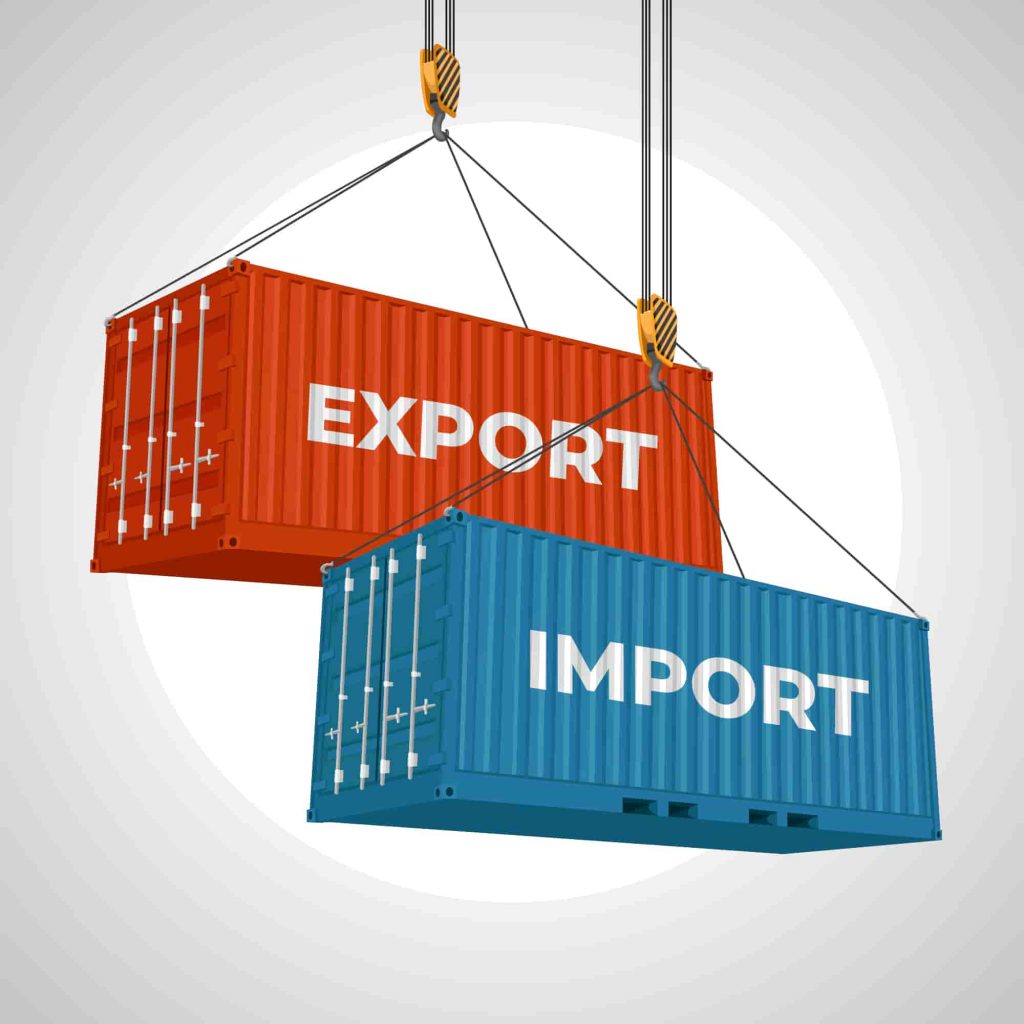Zara faced a dispute related to customs and import/export issues with US Customs and Border Protection (CBP) over the classification of certain garments for import purposes. The CBP determined that Zara had misclassified certain garments as “knit tops” when they should have been classified as “dresses,” resulting in lower tariffs being applied to the goods. The CBP argued that the misclassification resulted in a loss of revenue for the US government.
Zara disputed the CBP’s classification and filed a protest with the agency. The case eventually went to court, with Zara arguing that the CBP’s decision was based on an incorrect interpretation of the regulations. The court sided with Zara, ruling that the garments in question were indeed knit tops and not dresses.
The Zara case highlights the importance of proper classification of goods for import purposes and the potential consequences of misclassification.
The legal case between Zara and the US Customs and Border Protection (CBP) over classifying certain garments for import purposes presented several challenges for both parties involved. One of the main challenges was determining the correct classification of the garments, which depended on the specific features and characteristics of each item. This required a thorough analysis of the regulations and guidelines governing the classification of textile products.
The specific garments in question in the Zara case were described as “women’s knit tops.” However, the CBP argued that they should have been classified as dresses, which carry a higher tariff rate than knit tops.
For import purposes, the classification of goods is determined by the Harmonized Tariff Schedule of the United States (HTSUS), which is based on the international Harmonized System (HS) of tariff classification. The HTSUS divides goods into categories based on their material composition, intended use, and other factors.
The classification of knit tops and dresses can be a particularly tricky issue because the definition of a dress can be somewhat subjective. The HTSUS defines a dress as “a one-piece garment that covers the body from the shoulder to the hem (or ankle or floor) and is intended to be worn as a covering for the body.” However, there is no specific requirement for the garment to have sleeves or a collar.
On the other hand, a knit top is defined as “a shirt or blouse made of knit fabric,” which can include a wide range of styles and designs. While knit tops and dresses can often be visually similar, the classification can significantly impact the applicable tariff rates.
Another challenge was the potential financial impact of the dispute. If the CBP had prevailed and the garments were reclassified as dresses instead of knit tops, Zara would have been subject to higher tariffs on those items, resulting in increased costs for the company. On the other hand, if Zara had lost the case, it would have faced penalties for misclassification and potential damage to its reputation.
The consequences of the legal case were significant for both Zara and the US government. Zara successfully challenged the CBP’s decision and avoided the higher tariffs that would have resulted from the garments being reclassified as dresses. The ruling also set a precedent for future disputes involving similar products.
The Zara case has important implications for international trade, particularly with regard to the importance of accurate classification of goods for import purposes. The case illustrates the significant financial and legal consequences that can result from misclassification, including the loss of revenue for governments and potential penalties for businesses. In addition to the financial costs, legal disputes can also damage the reputation of companies and affect their ability to conduct business in the future.
Furthermore, the Zara case highlights the complexity of international trade regulations and the potential for differing interpretations of these regulations by government agencies and businesses. While businesses have a responsibility to comply with regulations and ensure the accurate classification of their goods, there may be instances where disagreements arise over the appropriate classification. These disputes can lead to lengthy and costly legal proceedings and uncertainty for businesses as they navigate the regulatory landscape.
To get help with the right classification with regards to the goods, to ensure compliance with international trade regulations, and to resolve disputes related to customs and import/export, it is best to consult an international lawyer on a 1-1 customized consultation who is familiar with the laws of the country for import and export!
Uncover the steps and procedures for immigration to different nations, with a focus on Turkey to Norway and US to Portugal, in Legamart’s insightful articles.




